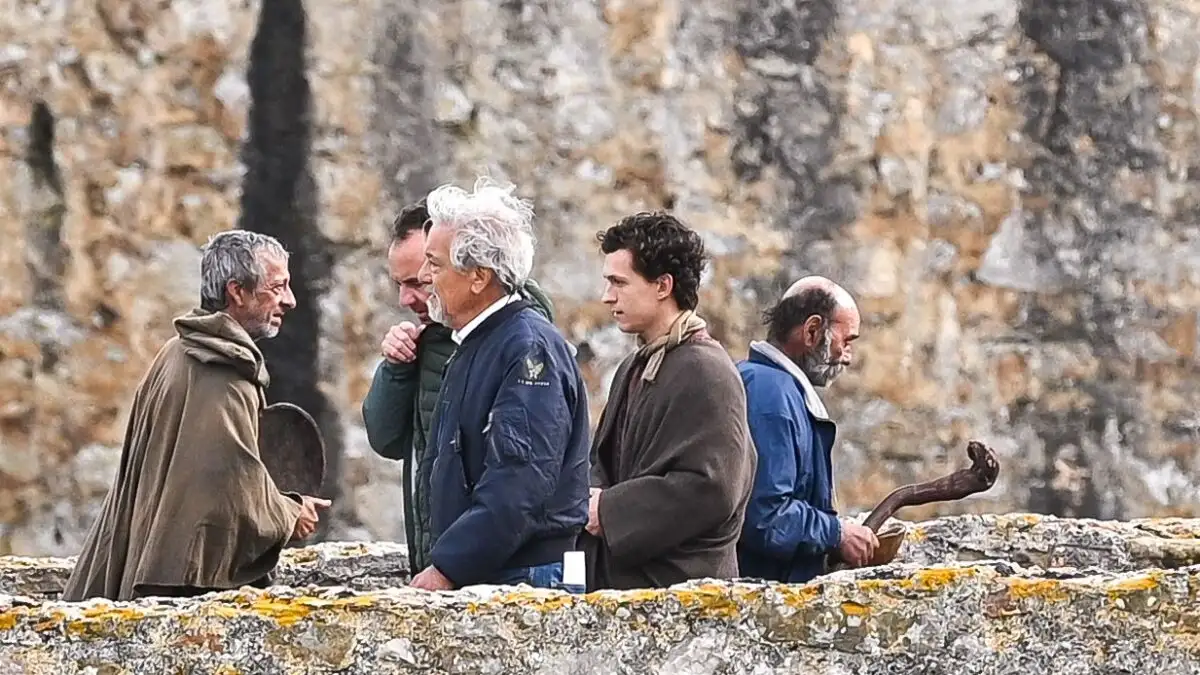A powerful act of restitution is unfolding in the UK, as a rare 17th-century painting looted by the Nazis during World War II is being returned to the rightful heirs of Samuel Hartveld, a Jewish art collector.
The artwork, titled “Aeneas and His Family Fleeing Burning Troy,” was painted in 1654 by Henry Gibbs, an English artist. The painting depicts a dramatic scene from The Aeneid, Virgil’s epic poem chronicling the escape of the Trojan hero Aeneas from the burning city of Troy.
A Story of Loss and Survival
In 1940, the painting was seized by Nazi forces from a gallery in Antwerp, as Hartveld and his wife Clara Meijboom were forced to flee Belgium and seek refuge in the United States. The piece was one of 66 artworks in Hartveld’s gallery collection that were stolen.
After remaining missing for decades, the painting resurfaced in the collection of Tate Britain, where it had been held since 1994 after being acquired from a gallery in Brussels.
The decision to return the painting was made by the UK's Spoliation Advisory Panel, an independent government body established in 2000 to handle claims related to artworks looted by the Nazis. Since its creation, the panel has reviewed 23 claims and recommended the restitution of 14 works to their rightful heirs.
A Tragic Legacy
The story behind the collector adds a deeply human dimension to the case. The Hartvelds’ son, Adelin Hartveld, stayed behind in Belgium and joined the resistance movement. He was captured by the Nazis and executed. While Samuel and Clara survived the war, they were never able to recover the stolen pieces from their gallery—many of which are still believed to reside in European museums today.
A Symbolic Return
In May 2024, two of Hartveld’s great-grandchildren filed a formal request for the painting’s return through the Sonia Klein Foundation, named after their mother. Tate did not contest the claim. In fact, the museum’s handling of the case has been praised.
According to the panel, Tate “responded with honor and transparency.” Tate Director Maria Balshaw stated:
“It is a privilege to help reunite this work of art with the family to whom it rightfully belongs. While extensive provenance research was conducted in 1994, crucial details had not yet come to light.”
UK Culture Minister Chris Bryant described the restitution as “a model example of the panel’s important work,” stressing the importance of addressing the injustices of the Nazi era.
In a statement, the Sonia Klein Foundation said:
“This decision clearly acknowledges the Nazi persecution of Samuel Hartveld and the fact that the painting undeniably belonged to him—a Jewish Belgian collector and art dealer.”
The return of this artwork is more than a transfer of ownership. It is a recognition of historical truth, a tribute to those who suffered, and a step toward healing wounds left by one of history’s darkest chapters.






